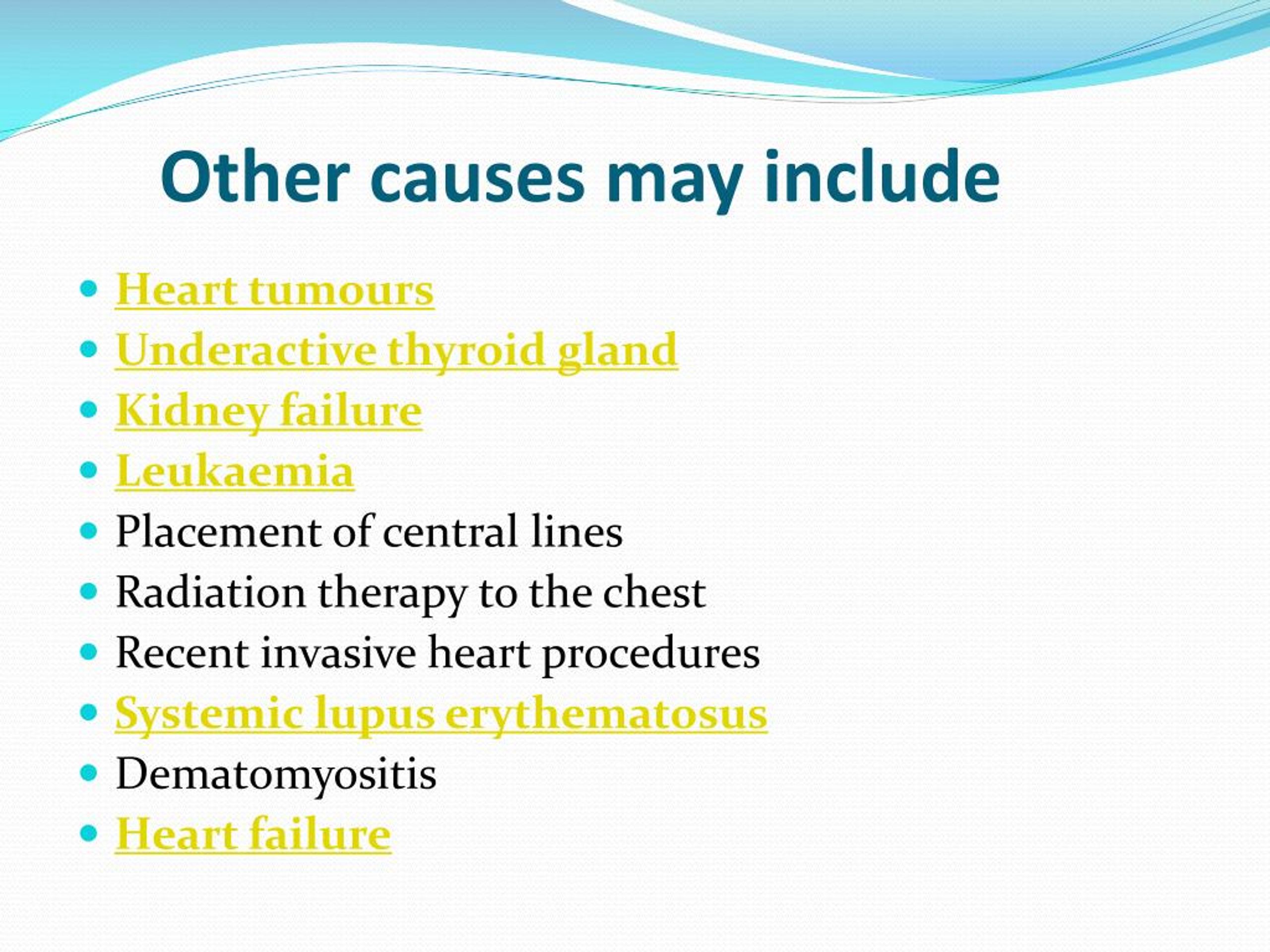

Untreated cardiac tamponade can lead to shock, arrhythmia, chest pain, organ dysfunction, and, in some cases, death. A 2020 study concluded that people taking colchicine after successful pericardiocentesis showed significant improvement. The treatment options at this stage will depend on the cause of the cardiac tamponade.Ī person may need to take anti-inflammatory medication, such as colchicine.


Once the person is stable, the doctor will need to determine and treat the underlying cause of the cardiac tamponade to prevent further complications. blood products to replace the lost blood.IV fluids to maintain normal blood pressure.However, more complicated cases of cardiac tamponade will often require surgery, such as a thoracotomy.Īfter surgery, the individual may receive the following as they stabilize: Such options carry a less significant risk of complications and have lower mortality rates. Thoracotomy: This surgical procedure allows the draining of blood or blood clots from around the heart.Īccording to some research, doctors should choose minimally invasive procedures, such as pericardiocentesis, as the first treatment option.Pericardiectomy: A surgeon will remove part of the pericardium to relieve pressure on the heart.Pericardiocentesis: This procedure involves the removal of fluid from the pericardium using a needle.This treatment involves draining excess fluid from around the heart.Ī doctor may use the following methods to remove the fluid and reduce the pressure on the heart: Blood tests may also detect higher levels of specific enzymes that the body releases in response to damage to the heart muscle.Īs cardiac tamponade can result in shock or death, it always requires emergency medical treatment. The doctor may order blood tests to measure the levels of red and white blood cells or inflammatory markers. CT scan: A CT scan of the chest can confirm the presence of extra fluid in the pericardium.EKG: This test allows the doctor to examine the electrical activity of the heart.Chest X-ray: An X-ray of the chest shows whether the heart is abnormally large or an unusual shape due to fluid buildup.This scan provides a detailed image of the heart, which may help the doctor detect fluid in the pericardial sac or a collapsed ventricle. Echocardiogram: Doctors commonly carry out an echocardiogram, or echo, if they suspect cardiac tamponade.The doctor is likely to carry out additional tests to support their diagnosis. They will do this by checking the individual’s blood pressure, listening to their heart, and examining the appearance of their veins. The diagnosis of cardiac tamponade requires a doctor to look for Beck’s triad of medical signs. We also describe the treatment options and the outlook for people with this condition. In this article, we discuss the causes and symptoms of cardiac tamponade. If the level of fluid builds up quickly, the condition can be life threatening.ĭoctors consider cardiac tamponade to be a medical emergency. However, an abnormally high level of fluid puts pressure on the heart and affects its ability to pump blood around the body properly. This area usually contains a small amount of fluid to prevent friction between the layers. The pericardium consists of two thin layers of tissue. In people with cardiac tamponade, also known as pericardial tamponade, fluid or blood builds up between the heart and the sac that surrounds the heart. Symptoms include a drop in blood pressure and distended blood vessels. It puts strain on the heart and stops it working effectively. Cardiac tamponade is when fluid collects around the heart muscle, for instance, due to trauma.


 0 kommentar(er)
0 kommentar(er)
